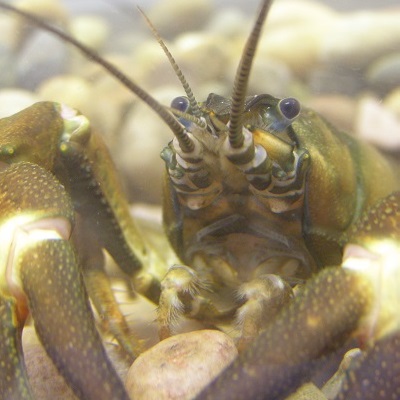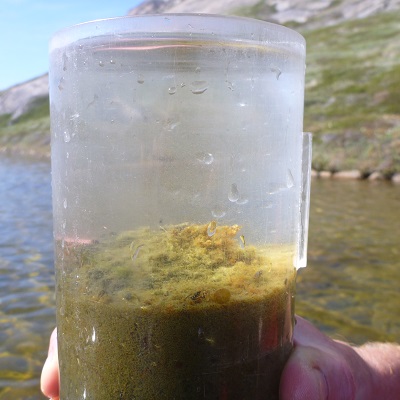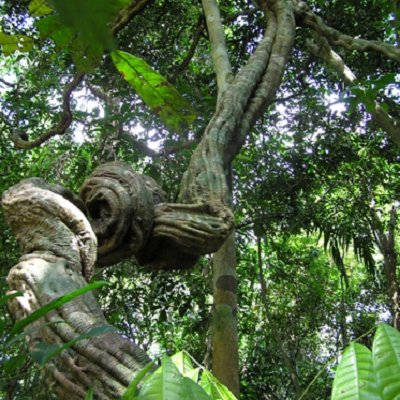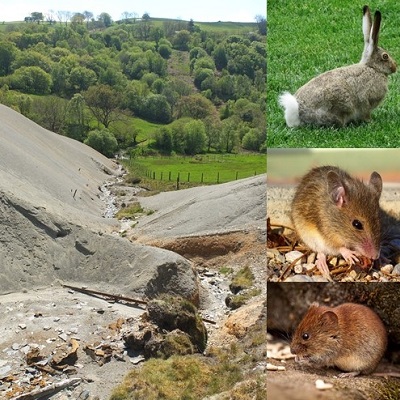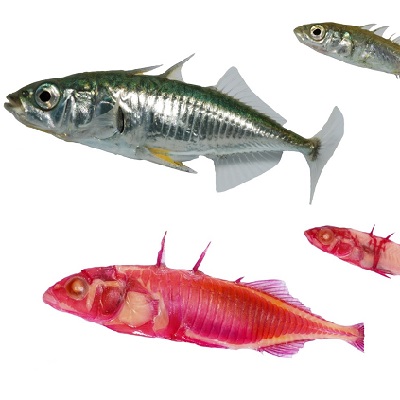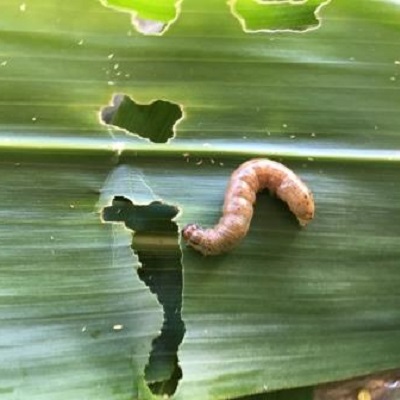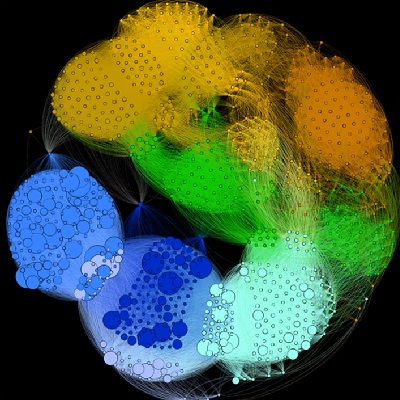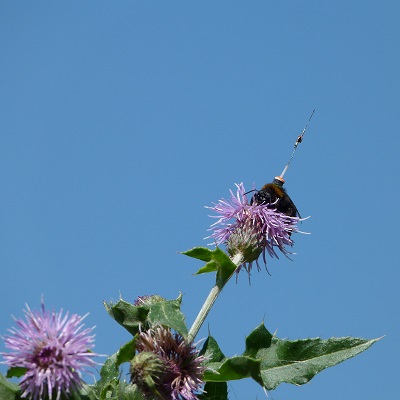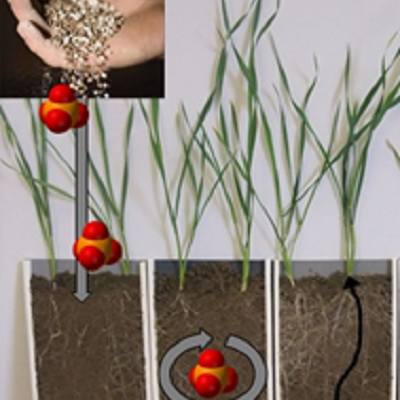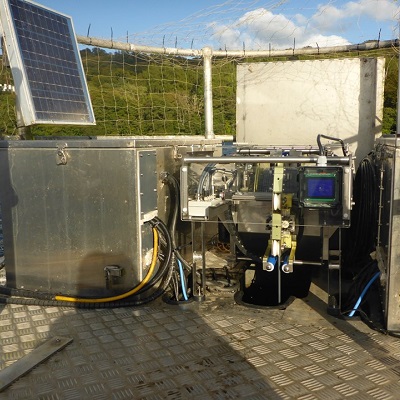Predicting when sediment will move in a river is fundamental to successful management of that river, which includes coping with floods, maintaining navigation, and preventing loss of banks through erosion. However, after over 100 years of research our models of sediment transport still do not perform well when applied to natural channels. Growing evidence suggests this may be at […]
Read More
We require a versatile student who is comfortable working with “mud and molecules” for a project that aims to develop and apply the use of ancient DNA in lake sediments (sedDNA). Traces of DNA preserved in lake sediments can potentially be used to reconstruct the composition of biological communities over timespans of hundreds to thousands of years. The application […]
Read More
Tropical forests are a major global carbon sink and account for a third of the carbon fixed globally by photosynthesis. Recent research shows that these forests are changing, including increases in abundance and biomass of lianas (woody vines), which may be a result of changing climatic conditions. Lianas reduce growth and increase mortality of their host trees, thereby reducing […]
Read More
This project will explore the mobilisation and bioaccumulation of heavy metal contaminants from historic mine waste from old mine sites in Wales, and their impact on wildlife health. This is a unique, interdisciplinary project involving environmental geochemistry, ecology, plant science and animal health, involving colleagues at the University of Nottingham, the Natural History Museum, and Natural Resources Wales, to explore […]
Read More
**The deadline for applications for this project only is the 15th December 2017** Fish in a biogeochemical barrel: taking aim at the evolutionary consequences of nutrient colimitation in freshwater. We seek an ecology, biology or chemistry graduate with an interest in evolution, for an exciting, interdisciplinary, collaborative PhD to investigate how fish evolution is affected by the chemistry […]
Read More
In January 2016, the first reports of a new invasive pest was received in Africa. In less than two years, the new pest – the Fall armworm, Spodoptera frugiperda – had spread to most countries (>30) within-sub-Saharan Africa (https://youtu.be/4iN7-DmOjwc). There are now global efforts to control this new threat to the region’s food security; initially these have focused on […]
Read More
The “4‰ Soils for Food Security and Climate” agreement has focussed regulators’ and scientists’ minds alike on the role that carbon plays in fertility and global climate change. Organic carbon is often implicitly linked with soil structure and its rapid loss from conventionally managed agricultural soils is a cause of serious concern. Soil without biology however, is just dirt: […]
Read More
Quantifying dispersal ability and how organisms navigate through the environment is an essential step required to predict how individual species will cope with land use changes. There is a growing desire to ensure that intensive land use practices are designed in a way that maintains stable populations of pollinators. While the field of movement ecology has been revolutionised by […]
Read More
Phosphorus (P) is an essential element for food production but rock phosphate reserves are non-renewable and set to become increasingly scarce, making phosphorus critical for global food security. Therefore, it is vital that we better understand how P is cycled in soils in order to support future food production. This project will develop a highly novel stable isotope technique […]
Read More
Methane (CH4) emissions are far more devastating to global climate than carbon dioxide as CH4 is 21-times more potent a greenhouse gas on a per molecule basis. The International Panel for Climate Change recognise lakes as a major source of CH4 accounting for 20% of global emissions. Despite the key role of lakes in the supply of greenhouse gases […]
Read More

